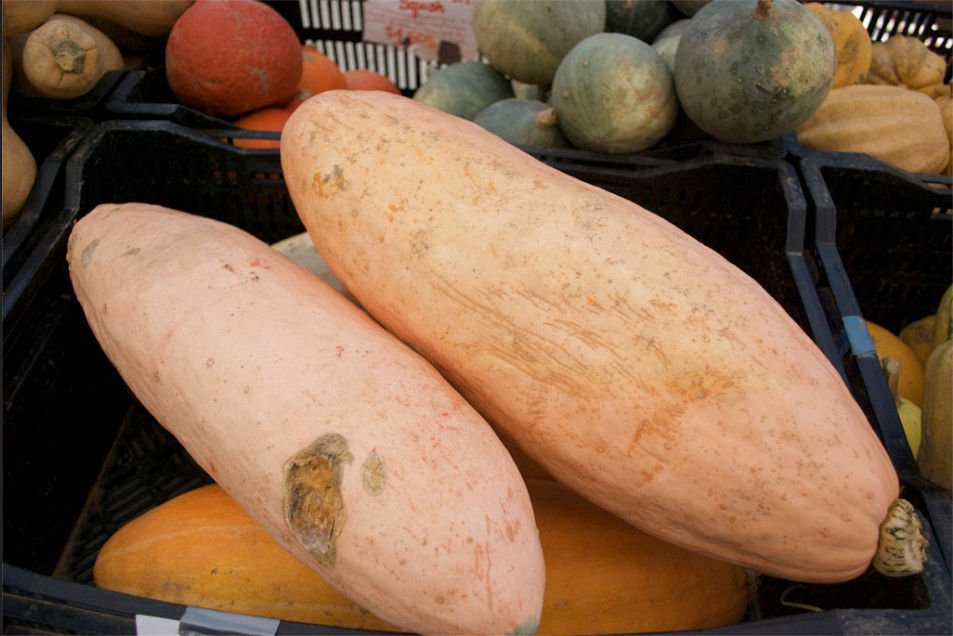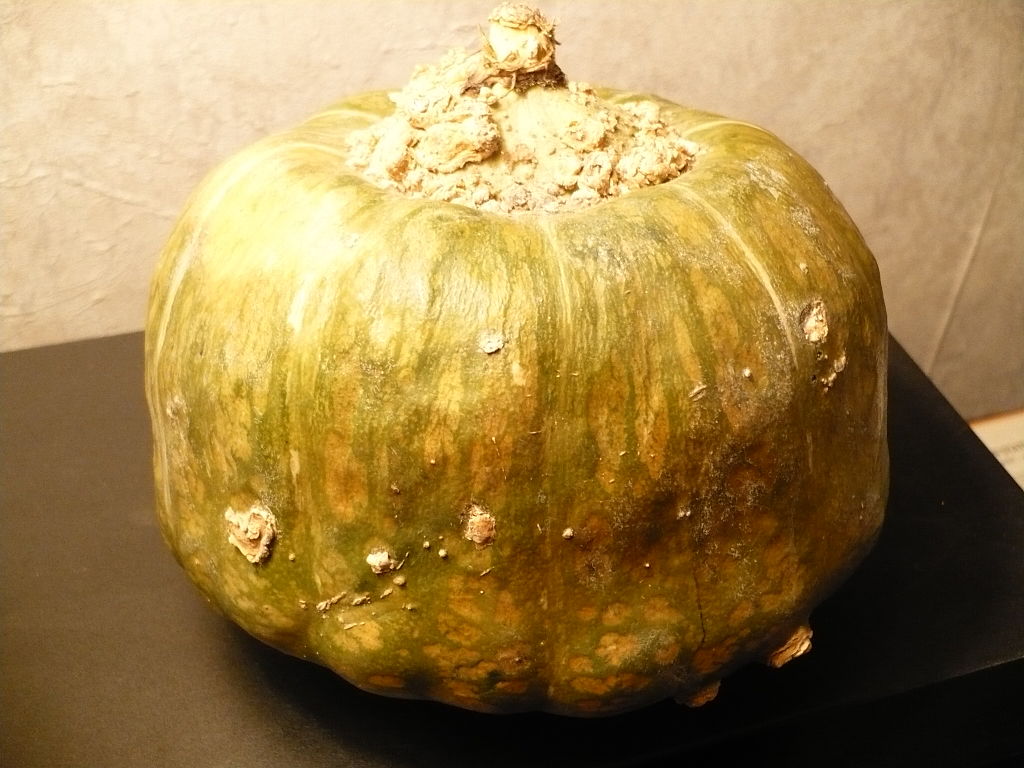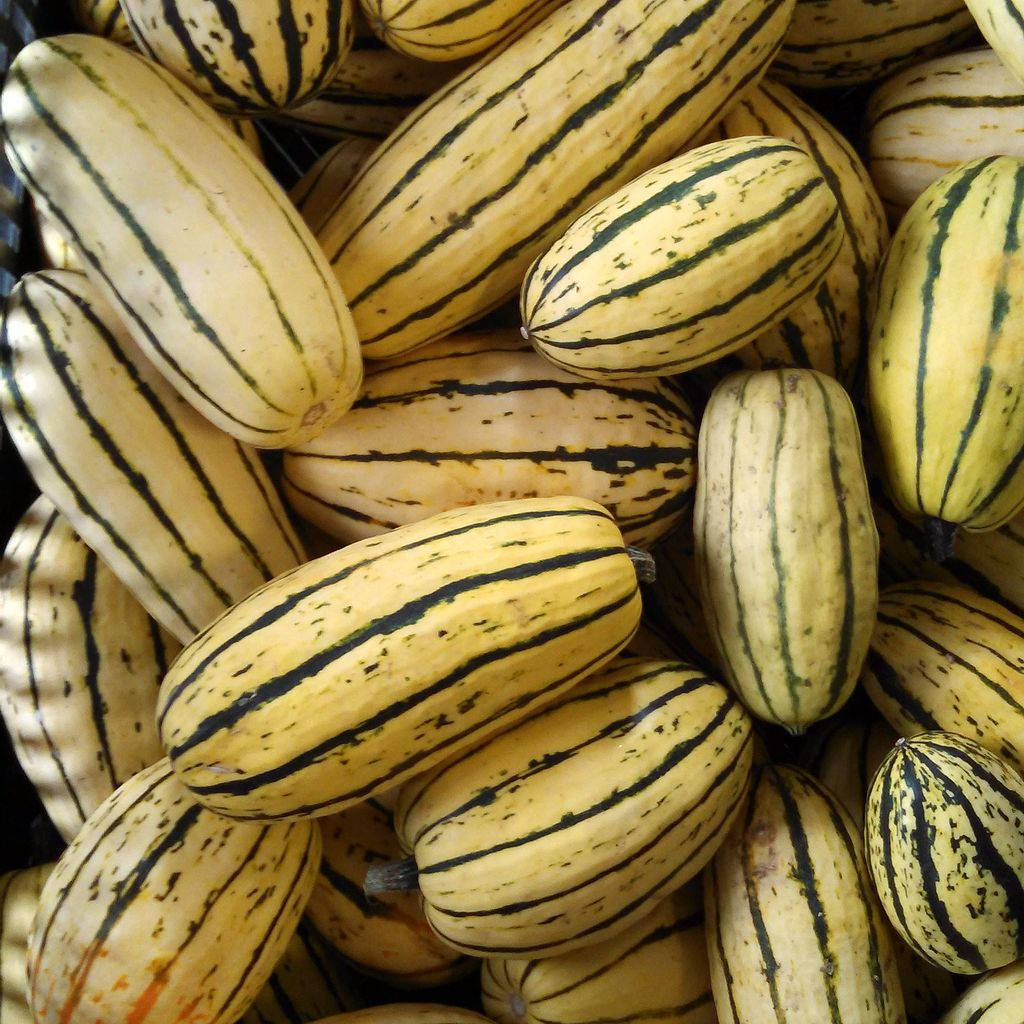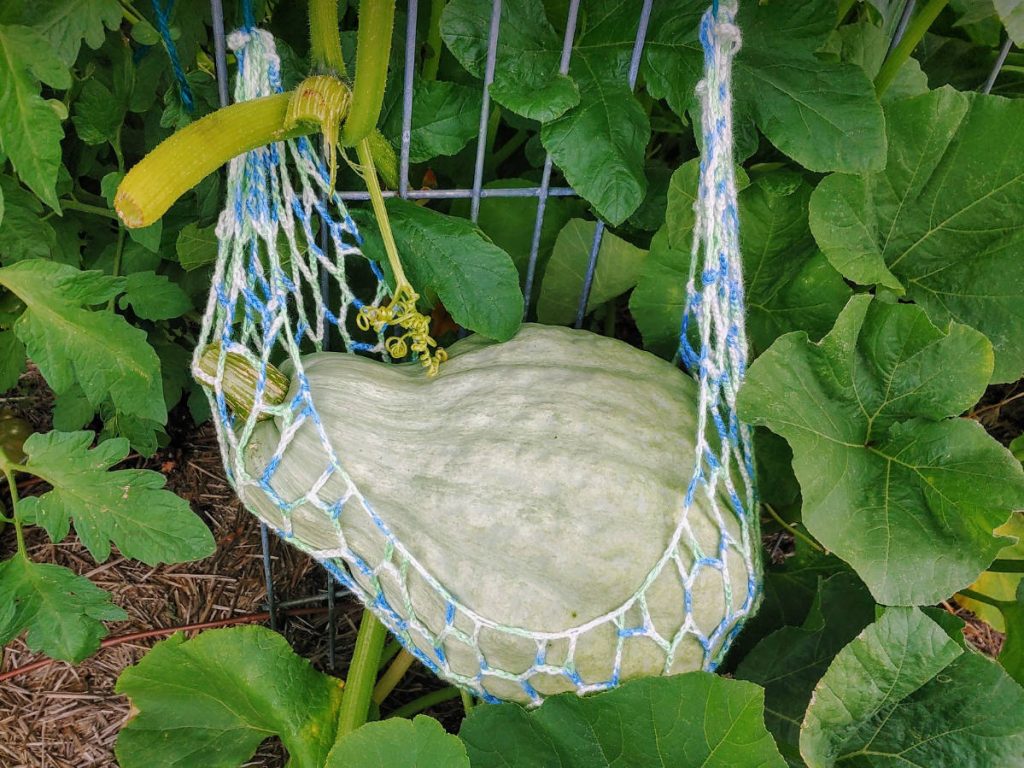Planting water squash in your garden is a great way to add an edible crop to your space. Learn how to plant water squash, when and where to plant it, and watering tips.
The water squash is a hardy plant you can grow in either full sun or partial shade. If you grow it in the right conditions, it leaves edible fruit you can harvest and eat.
Water squash is a winter squash that requires a minimum soil temperature of 60 degrees Fahrenheit to grow and produce fruit. If you live in an area with cold winters, you’ll need to bring the pot and soil inside before the last frost.
Find a spot in your garden where you can plant the water squash. Make sure it gets plenty of sun. Dig a hole in the ground and put some dirt at the bottom of it.
Slowly fill in around your new plant with dirt so that no part of its leaves appear above ground level.
Make sure you don’t go too close to its stem or stake because this can damage it and make it not grow and planned later down the line!
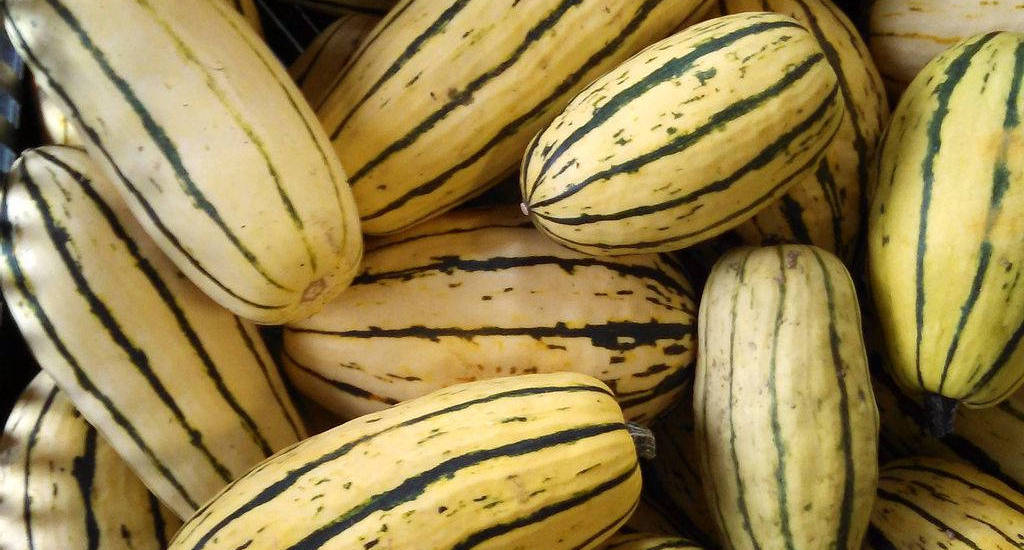
What Are the Steps to Plant Water Squash?
Planting water squash can be fun. You will need to pick out a location of the garden, give it enough room for the plant to grow, and make sure that the soil is well-drained.
You can plant water squash in April or May when the soil has warmed up to 60-70 degrees Fahrenheit.
- Start by making a hole in your chosen ground with a shovel. The hole should be about 1 foot deep and twice as wide as the diameter of the roots
- Next, place your water squash seedling in the hole and backfill it with dirt until there are only 2 inches left above ground level
- Water it generously and then cover it with mulch or leaves to protect it from cold weather and provide shade for its delicate roots
Is Water Squash a Plant or a Vegetable?
Water squash is a fruit belonging to the cucurbit family and is, therefore, a plant. It is not a vegetable.
People have known it to be an excellent source of nutrients and have more water content than other squashes.
Some people consider it a vegetable because it comes from a plant, while others argue it is more fruit-like since people don’t serve it as a side dish.
What Are the Benefits of Planting Water Squash?
There are many benefits of planting water squash.
First, it is a high-yielding, low-maintenance vegetable that is perfect for small gardens.
Second, it stores well and has a longer shelf life than other winter squashes.
Third, you will have the best and diverse flavor profiles among all winter squashes. It is also low in carbohydrates and calories and makes a great substitute for potatoes or pasta in dishes, like butternut squash soup or pumpkin pasta sauce.
Fourthly, water squash has antioxidant properties.
Where Should I Plant Water Squash?
Water squash is a type of plant that grows in wetter climates, but if you are looking for a place to plant water squash, there are certain things you need to consider.
First, make sure you have plenty of space. These plants grow very large and produce many fruits. They require at least five feet by five feet space to grow.
Secondly, find out what the soil is like in your garden or backyard. You will need to fertilize it if it’s not fertile enough for the plant.
Water squash is a type of pumpkin, and it does best when planted near the river and next to rich soil.
What is the Best Way to Plant Water Squash?
The best way to plant water squash is by planting the seeds directly into the ground.
Water squash plants grow best in well-drained soil amended with compost and fertilizer. Water must be applied regularly so that the plants don’t become too dry.
There are two ways to plant water squash:
Direct seeding and transplanting. For direct seeding, sow the seeds in rows 12 inches apart, 3 inches deep.
Transplanting is easier for people with poor soil or space limitations. Dig holes 12 to 18 inches apart with a trowel, 3 to 4 inches deep.
How Deep Should I Plant the Water Squash Seeds?
The answer differs depending on what you want to do with the water squash because different people grow water squash for other purposes.
If you grow the water squash purely for consumption, you should plant it according to its size. If you’re growing it for decoration purposes, plant it deep in the ground so that it can grow bigger and become more decorative.
One of the most common mistakes gardeners make is planting the seeds too shallow. It can lead to many problems, such as not absorbing enough water and cannot reach sunlight.
How Long Does it Take for Water Squash to Grow?
It takes approximately three weeks for water squash to grow.
A new water squash plant will need a good amount of light.
Water squashes are also called crooknecks, straight necks, and five corners because of their distinct shapes.
What is the Best Soil for Water Squash?
The best soil for water squash is a rich, deep soil with a pH level of about 6.0 to 7.0. You can mix in compost or other organic materials to improve the quality of the soil and make it more fertile.
It needs to be watered regularly, especially during dry spells in the summertime.
Some people recommend putting sand in the bottom of the pot for good drainage, while others say it’s better to choose soil that does not have sand or other materials that might contain weed seeds or contain contaminants.
Potting soil is a mix of sand, peat moss, and composted organic matter.
There are no special requirements for potting soil for water squash.
How Much Water Does Water Squash Need?
Since they are a type of cucumber, they require plenty of hydration. Gardeners should pick good soil because when squash starts to rot, it rots quickly.
The most common mistake for beginners is watering the water squash too often or forgetting about them altogether until they start to wilt and wither.
When is the Best Time to Plant Water Squash?
Plant water squash in the Spring. They are sensitive to frost, so you need to ensure they are safe from any harsh elements.
Plan how you want your garden laid out before planting anything.
It’s also important to consider where you will plant your seedlings before planting them and how much maintenance they will need once planted.
Different Ways to Plant a Water Squash Seed
Planting seeds in the ground is the easiest way to grow water squash. It is essential to make sure that the area where you are planting your seeds is well-drained.
Dig a small trench around your planting area before planting the water squash seeds. It is also essential to allow enough space between each seed to ensure they don’t compete for sunlight and other resources.
The way to plant a water squash seed is with either a plastic pot, the ground, or a styrofoam cup. Planting pot is good because it can get enough sunlight, and it will be able to grow.
How To Grow Water Squash Without Running Out of Space
The water squash does not require any trellis to grow on. It makes it perfect for those gardeners with little space and only a few vines to cover the area.
The water squash plant loves warmth, so those in the northern hemisphere should plant them after the last frost, while those in the southern hemisphere can plant them at any time of year.
Some vegetables and fruits require a lot of space to grow. Water squash, for instance, can take up to 4 months before you get to harvest them.
What Are the Different Types of Water Squash to Plant in Your Garden?
These are types of water squash that you can plant in your garden:
- Banana squash is a water squash that grows close to the ground and has yellow skin with greenish-white flesh
- Buttercup squash is a water squash type with light green skin and light yellow flesh
- Delicata squash has dark green skin, cream-colored flesh that looks like an acorn when cut open on the top or bottom end
- Blue Hubbard squash is a fruit with light-green skin and sweet flesh
What Are Planting Instructions for Water Squash?
When planting squash, you should make sure that it gets plenty of suns. You can add mulch to help keep the weeds down.
Add fertilizer when you plant your water squash to ensure it has the necessary nutrients to produce healthy fruit.
When harvesting, you need to cut off parts of the stem with a sharp instrument before picking up and carrying the fruit away from the rest of the plant to ensure it does not rot or attract insects or other pests.
Tips To Grow Water Squash
Water squash is a vegetable that can grow in a wide range of climates and many soil types.
Growing Tips:
- Soil: The soil should be fertile, watered regularly, deep with good drainage, pH levels should be around 6.8 – 7.2
- Temperature: The ideal temperature for growth is between 60-70 degrees Fahrenheit (16-21 degrees Celsius)
- Planting time: Plant seeds indoors 4 to 6 weeks before the last frost, or outdoors after the last frost in your area to ensure germination (click below to check frost dates in your area)

Watering Tips for Water Squash After Planting
The easiest way to water squash is using a spray bottle. Spray the foliage in the evening and again in the morning, and that’s all you need to do. You can also use a hand-held hose or bucket.
If you’re going with the garden hose, set your nozzle on the side of what you’re watering so that it hits leaves and not fruit.
Many people don’t realize that when water touches fruit, it can cause splitting and bruising, which can ruin your squash harvest before it even starts!
Fertilizing Water Squash Options
There are many fertilizers and soil amendments you can add to your water squash, such as:
- Alfalfa meal provides nitrogen, phosphorus, and potassium
- Aluminum sulfate is a low-cost source of sulfur that also provides trace elements
- Ammonium nitrate is a nitrogen fertilizer that is ideal for warm-weather crops
- The bone meal is a popular organic fertilizer used to increase calcium content in soils
- Cottonseed meal is a better organic fertilizer rich in nitrogen and phosphorus
In addition, you can add any natural material from your garden to the soil mixture at the bottom of the container. An example includes leaf mold.
Water squash is a vegetable that loves moist soil, so your garden will be the perfect place to plant these. It’s best to plant in rows to make it easier for you to weed and harvest.
Image Credits
Banana squash – Howard Walfish
Buttercup squash – Wikimedia Commons, Badagnani, License
Delicata squash – Wikimedia Commons, Green Mountain Girls Farm, License
Blue Hubbard squash – SK


